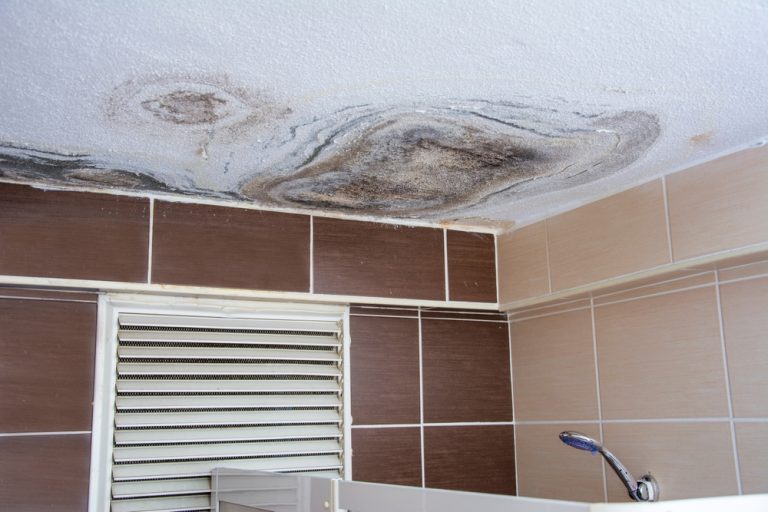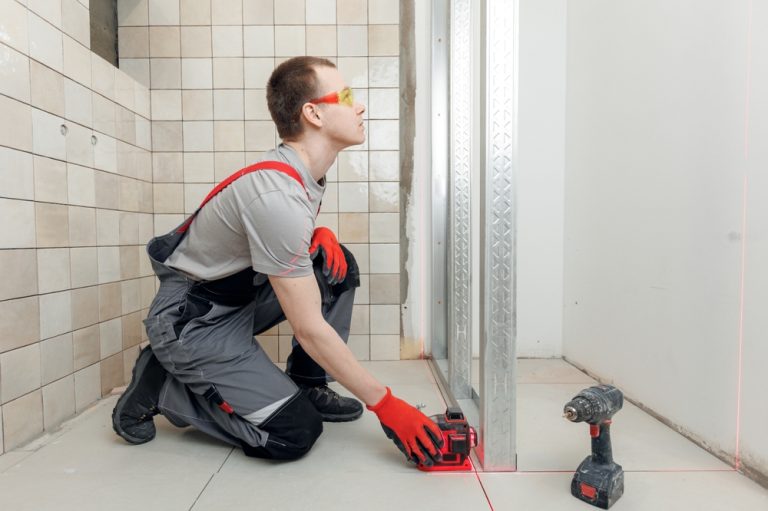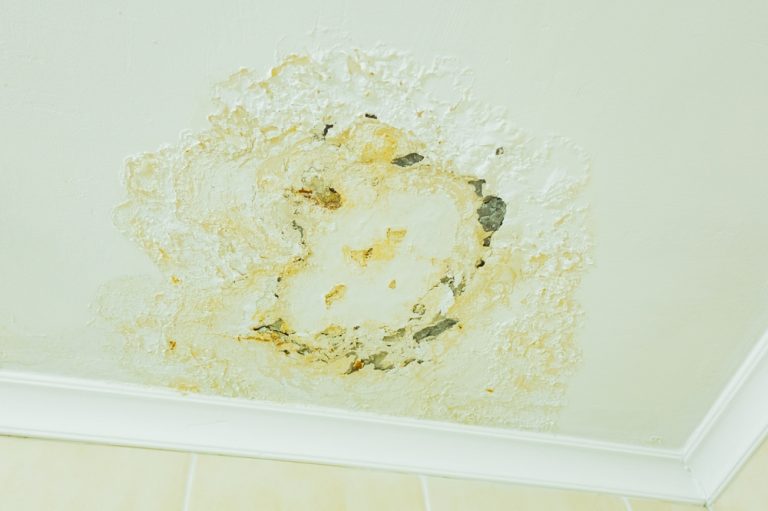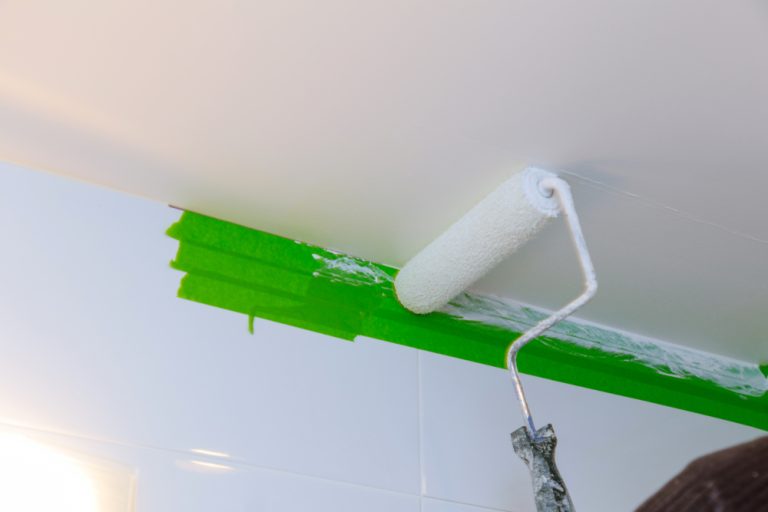How to Repair Bathroom Ceiling Peeling Paint?
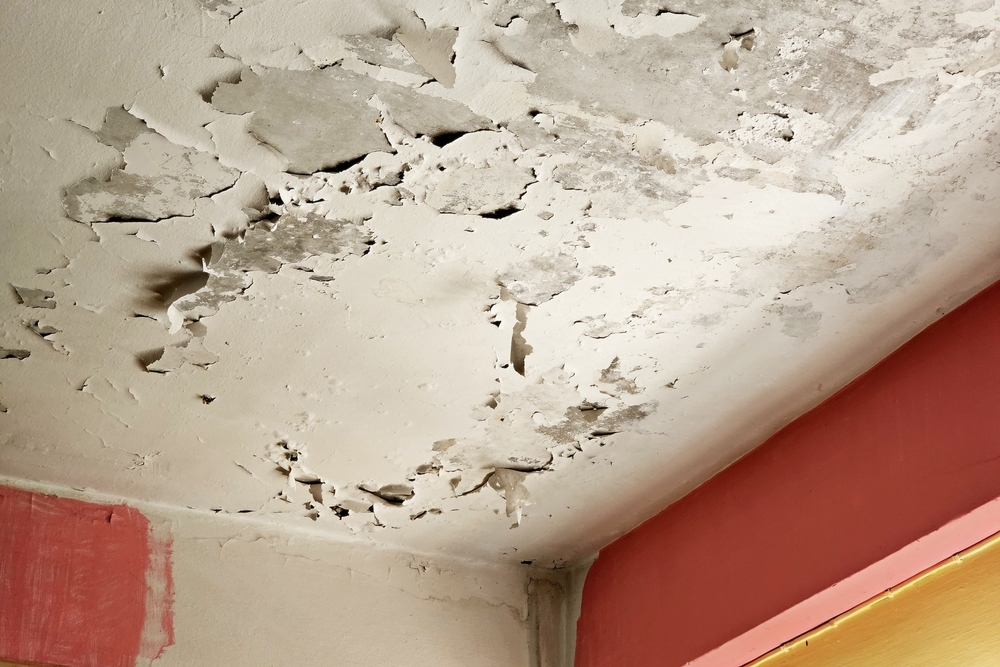
Peeling paint on the bathroom ceiling is a common issue due to high humidity and moisture levels. Over time, the constant exposure to steam from showers and baths can cause the paint to lose its adhesion, leading to unsightly flakes and chips. Knowing how to repair bathroom ceiling peeling paint is crucial for restoring the look of your bathroom and preventing further damage.
In this guide, we’ll walk you through the steps to repair peeling paint on your bathroom ceiling effectively and provide tips to prevent it from happening again.
Why Does Paint Peel on Bathroom Ceilings?
Before diving into the repair process, it’s important to understand why bathroom ceiling paint tends to peel in the first place. Several factors contribute to peeling paint, particularly in a moisture-heavy environment like a bathroom.
High Humidity and Moisture
The number one reason for peeling paint in bathrooms is moisture. Bathrooms are constantly exposed to water and steam, which can seep into the ceiling paint, causing it to lose its adhesion to the surface and eventually peel away.
Poor Ventilation
Inadequate ventilation is another major cause of peeling paint. Without proper airflow, moisture lingers in the bathroom and gets trapped on the walls and ceiling, making the paint more vulnerable to peeling and flaking.
Incorrect Paint Choice
Using the wrong type of paint in a high-moisture area like a bathroom can result in peeling. Regular interior paint may not be able to withstand the humidity, which is why it’s essential to use moisture-resistant paint designed for bathrooms.
How to Repair Bathroom Ceiling Peeling Paint?
Repairing peeling paint on your bathroom ceiling involves a few key steps to ensure the repair lasts and the ceiling looks as good as new.
Gather the Necessary Materials
Before you begin the repair process, make sure you have the following materials:
- Protective goggles and mask
- Drop cloth or plastic sheeting
- Scraper or putty knife
- Sandpaper (medium and fine grit)
- Primer (preferably mould-resistant)
- Moisture-resistant paint
- Paint roller and brush
- Spackle or joint compound (if necessary)
Prepare the Area
Start by preparing the bathroom for the repair process:
- Lay down a drop cloth or plastic sheeting to catch any paint chips or debris that may fall during the repair.
- Use a ladder to reach the ceiling comfortably and ensure your safety.
Scrape Off Peeling Paint
The next step is to remove all the loose, peeling paint from the ceiling:
- Using a scraper or putty knife, gently scrape away the peeling paint. Be thorough and remove all the damaged paint so that only the stable surface remains.
- If there are areas where the paint is flaking but not entirely detached, scrape those off as well to prevent future peeling.
Tip: Be careful not to gouge the ceiling surface while scraping.
Sand the Surface
Once all the peeling paint has been removed, use sandpaper to smooth the surface:
- Start with medium-grit sandpaper to even out the edges where the paint was removed.
- Follow up with fine-grit sandpaper to create a smooth, uniform surface for painting.
Tip: Sanding helps the new paint adhere better and ensures a seamless finish.
Repair Any Damage
If there are any cracks, holes, or uneven areas on the ceiling after scraping, you’ll need to repair them before painting:
- Apply spackle or joint compound to the damaged areas, filling in any gaps or cracks.
- Allow the compound to dry completely, then sand it down until smooth.
Apply a Mould-Resistant Primer
To prevent future peeling and protect the ceiling from moisture, it’s important to apply a primer:
- Use a mould-resistant primer that is specifically designed for high-humidity areas like bathrooms.
- Apply the primer evenly across the entire ceiling, ensuring that all areas are covered.
Tip: Let the primer dry completely before moving on to the next step. This usually takes a few hours, depending on the product.
Paint the Ceiling
Now that the ceiling is prepped and primed, it’s time to apply the new coat of paint:
- Choose a moisture-resistant or bathroom-specific paint for this step. Semi-gloss or satin finishes are ideal, as they provide better protection against moisture.
- Use a paint roller for even coverage on large areas, and a brush to paint along the edges and in corners.
- Apply two coats of paint for the best results, allowing each coat to dry thoroughly before applying the next one.
Tip: Run the exhaust fan or open a window during the painting process to help the paint dry faster and reduce moisture buildup.
How to Prevent Future Peeling on Bathroom Ceilings?
Once you’ve repaired the peeling paint, taking preventative steps can help keep your bathroom ceiling in good condition for years to come.
Improve Ventilation
One of the most effective ways to prevent peeling paint is to improve ventilation in your bathroom. Install a high-quality exhaust fan if you don’t already have one, and use it every time you shower or bathe to reduce moisture buildup.
Tip: Run the exhaust fan for at least 15-20 minutes after each shower to remove excess humidity.
Use a Dehumidifier
If your bathroom remains humid despite good ventilation, consider using a dehumidifier to reduce moisture levels. This can prevent condensation from accumulating on the ceiling and help maintain the integrity of the paint.
Regularly Clean the Ceiling
Regular cleaning is important for preventing mould and mildew buildup, which can weaken the paint and cause peeling. Wipe down the ceiling every few weeks with a mild cleaner or a vinegar solution to remove any dirt, moisture, or soap scum.
Tip: Avoid using harsh chemicals that can damage the paint or cause it to peel.
Repaint Every Few Years
Even with the best precautions, bathroom paint will eventually wear down over time. Repainting the ceiling every few years with moisture-resistant paint can help maintain its appearance and prevent peeling from occurring.
Common Mistakes to Avoid
When repairing peeling paint on a bathroom ceiling, it’s important to avoid common mistakes that could result in future damage:
Skipping the Primer
Failing to use a primer can lead to the new paint peeling off prematurely. Always apply a high-quality primer before painting the ceiling to ensure the paint adheres properly.
Using the Wrong Paint
Regular interior paint is not designed for high-humidity areas like bathrooms. Make sure to use moisture-resistant or bathroom-specific paint to protect the ceiling from moisture damage.
Not Addressing Ventilation Issues
Even after repairing the ceiling, if you don’t address the underlying cause of the peeling (usually poor ventilation), the problem will likely return. Make sure to improve airflow in your bathroom to reduce moisture levels.
Conclusion
Peeling paint on the bathroom ceiling can be a frustrating problem, but with the right steps, you can repair the damage and prevent it from happening again. By scraping off the peeling paint, sanding the surface, applying a mould-resistant primer, and using the correct type of moisture-resistant paint, you’ll ensure that your bathroom ceiling looks fresh and stays protected from moisture.
Understanding how to repair bathroom ceiling peeling paint and taking preventative measures will keep your bathroom in top condition for years to come.

